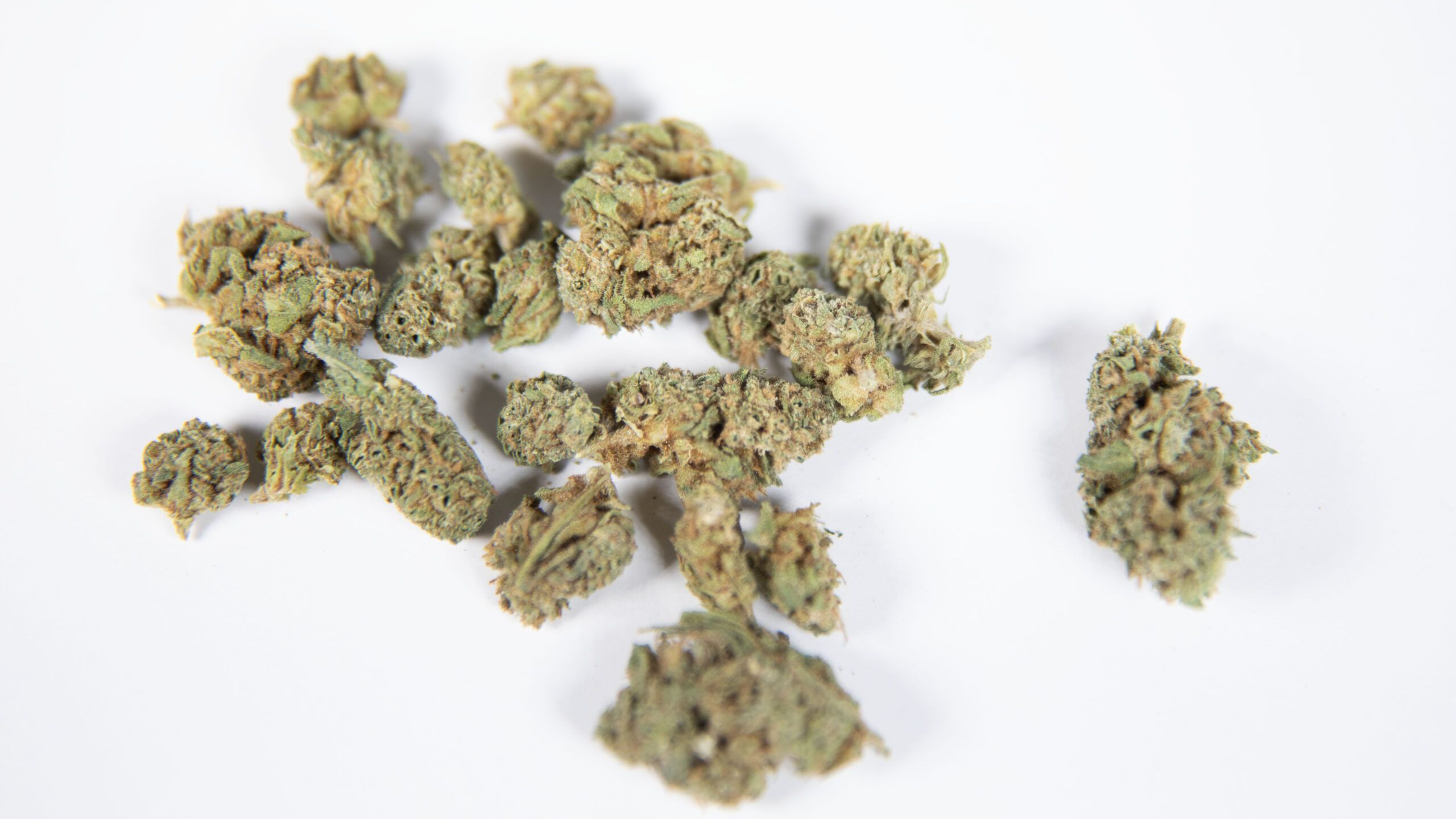The 1960s–70s: Landrace icons
Before hybrid breeding took off, North American consumers largely encountered sun-grown “landrace” sativas imported from their regions of origin. Acapulco Gold—sparkling, resinous flower from Mexico’s Pacific coast—became a byword for quality in the counterculture era, prized for its potency and distinctive golden hues. It set early expectations for “top-shelf” cannabis long before dispensaries existed.
The 1970s: Birth of modern hybrids
As supply lines tightened and domestic cultivation rose, California breeders began crossing long-flowering tropical sativas with fast, stout Afghan indicas. Skunk #1, developed by the Sacred Seeds collective, blended Afghani with Colombian and Acapulco Gold to deliver shorter flowering times and reliable vigor—genetics that powered countless later crosses and gave “skunk” its lasting place in the lexicon. In Santa Cruz, the Haze Brothers’ early Haze combined Mexican, Colombian, and Thai lines into a soaring, cerebral profile that became the archetypal “electric” sativa and a pillar for later breeding in Amsterdam.
The 1980s: Indoor readiness goes mainstream
Northern Lights—Afghani-dominant, resinous, and unusually easy to grow indoors—helped usher in the indoor cultivation era. Its stability, yield, and shortened flowering window made higher-quality buds widely accessible; the #5 selection, in particular, became a competition mainstay and a global parent line. For many consumers, Northern Lights defined what dense, potent, “modern” cannabis could be.
The 1990s: Coast-to-coast signatures
OG Kush emerged from murky but credible Florida-to-Los-Angeles origins in the mid-’90s, where growers like Josh D proliferated a cutting with unprecedented gas-pine-lemon character and heavy potency. It became the first hybrid of the prohibition era to achieve true cultural ubiquity—cited in music, adopted by connoisseurs, and foundational to West Coast breeding programs. On the East Coast, Sour Diesel—generally linked to Chemdog ’91 and Super Skunk lines—brought an unmistakable fuel aroma and an uplifting punch that re-centered attention on energetic effects and helped define New York’s scene. Together, “OG” and “Sour” became generational shorthand.
The 2000s–early 2010s: Dispensary staples and new directions
With medical markets expanding, Blue Dream (a Haze × Blueberry cross) soared as a dispensary workhorse: approachable, productive for growers, and balanced for patients and recreational consumers alike. For a time, it was arguably the most popular strain in the country—ubiquitous in California storefronts and beyond.
The mid-2010s to now: The dessert-terp wave
As legalization broadened, consumer taste coalesced around sweet, candy-and-dessert terpene profiles and high THC. From lineage touchstones like OG and Cookies came celebrated lines such as Gelato, Zkittlez, and the pastel-sweet Runtz—genetics that reshaped menus, packaging aesthetics, and social-media “heat.” While origin stories remain partly opaque (a legacy of prohibition), their market impact is clear: they reset expectations for aroma intensity and “wow factor” in flower and extracts.
Taken together, these strains map a half-century of evolving access, cultivation, and taste—from imported landraces to carefully branded hybrids. Each era’s standouts did more than trend; they solved practical problems for growers, opened doors for patients, and taught consumers new ways to describe and value cannabis.

